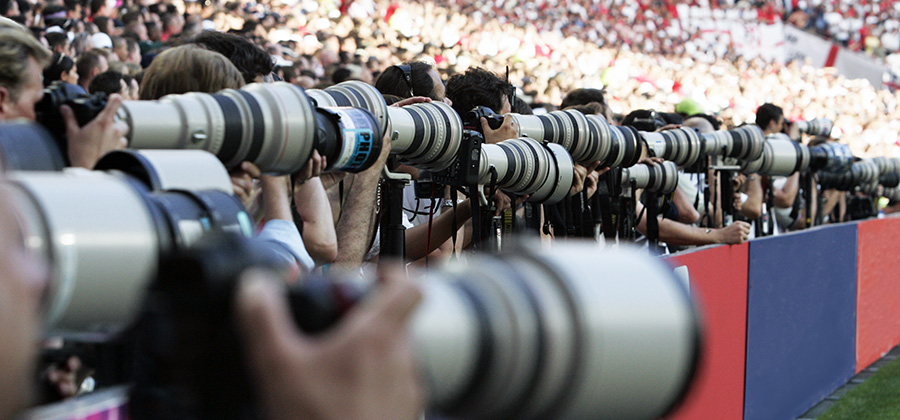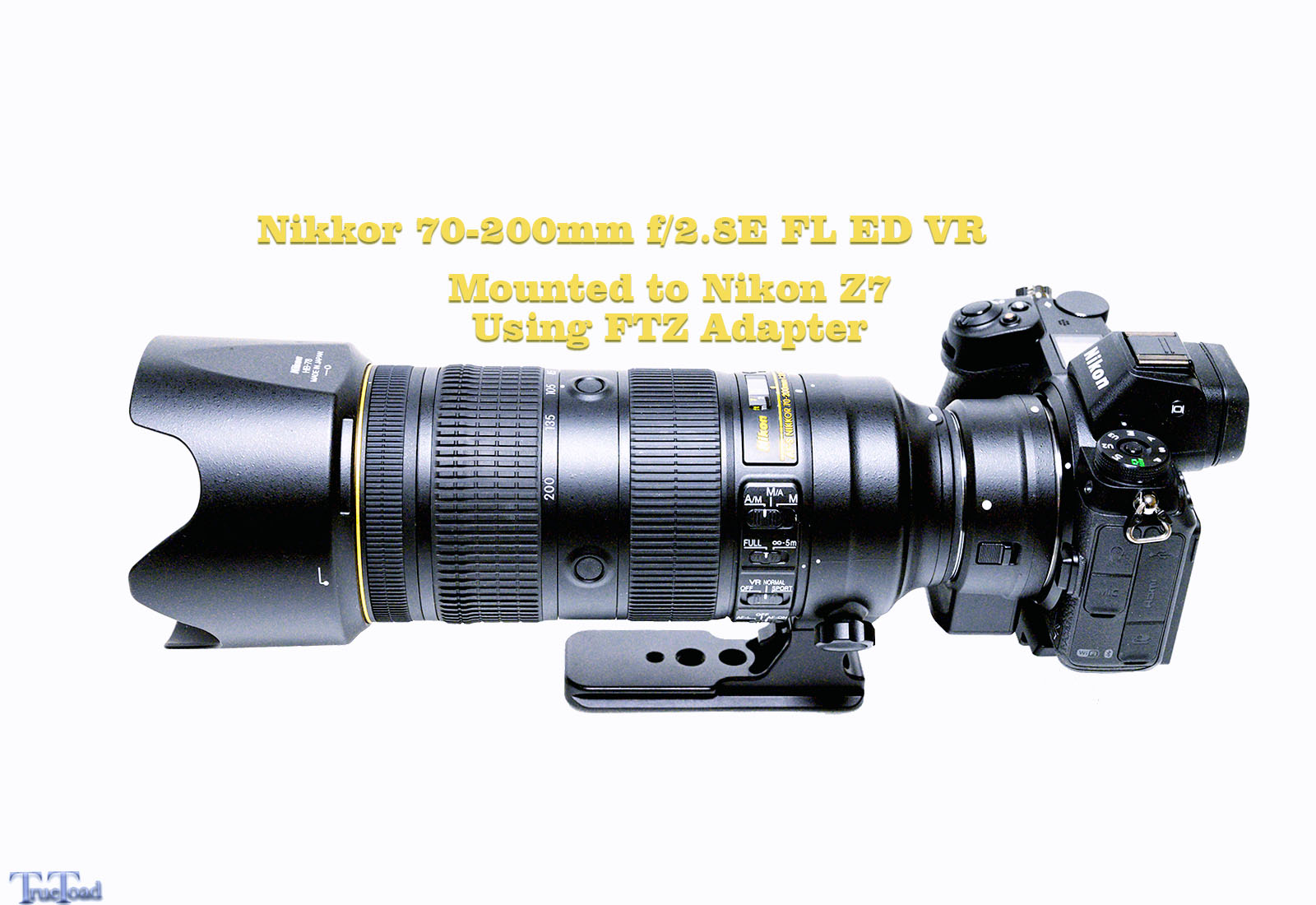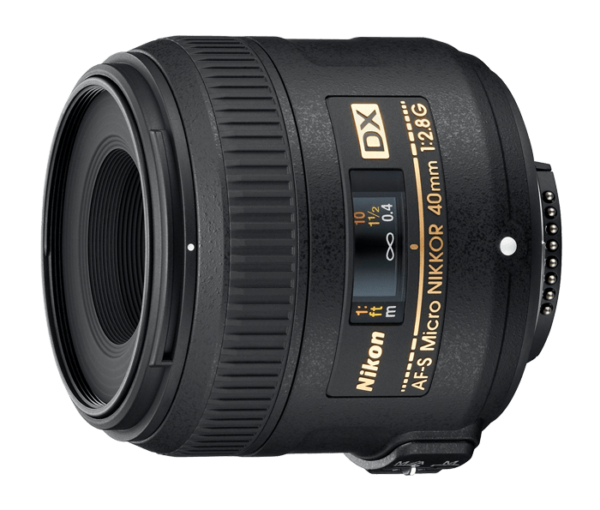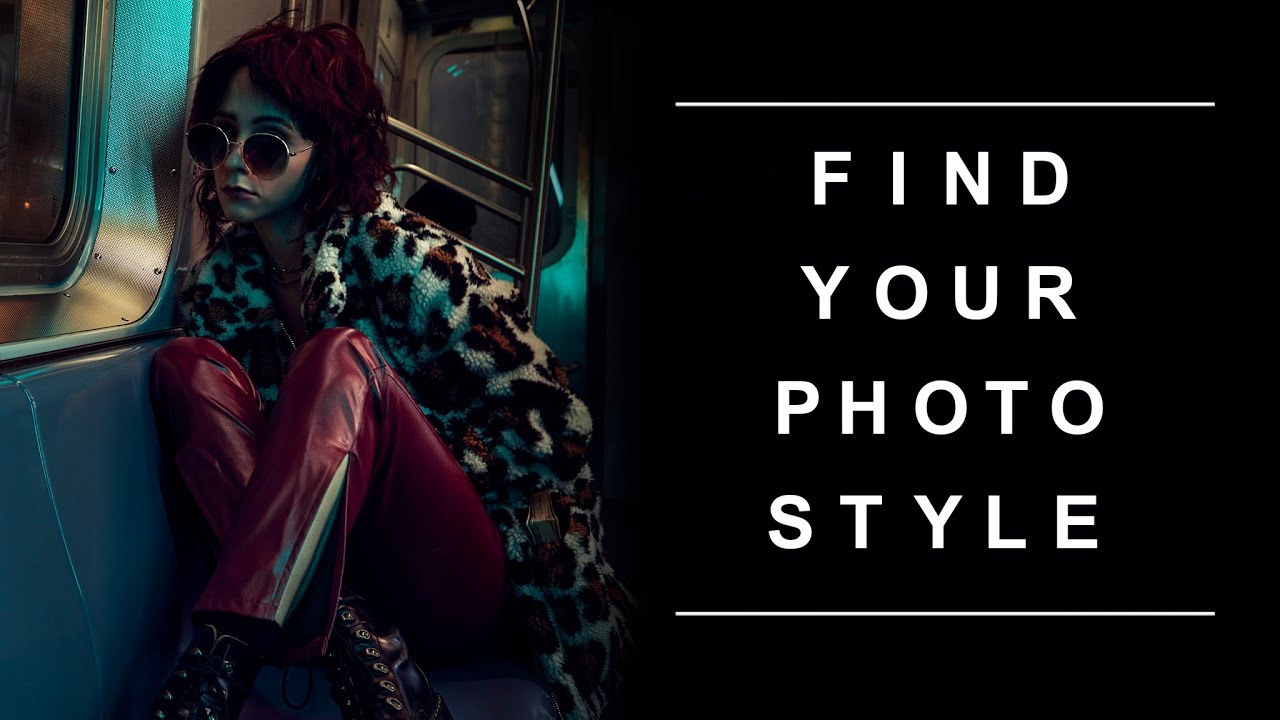| 일 | 월 | 화 | 수 | 목 | 금 | 토 |
|---|---|---|---|---|---|---|
| 1 | 2 | 3 | 4 | 5 | 6 | |
| 7 | 8 | 9 | 10 | 11 | 12 | 13 |
| 14 | 15 | 16 | 17 | 18 | 19 | 20 |
| 21 | 22 | 23 | 24 | 25 | 26 | 27 |
| 28 | 29 | 30 |
- beauty of Canon Lanses
- Unleashing the Power of Technology
- Nikon d750 Camera all Information at this post
- Education for all Cameras at this Post👍🖤🖤🖤
- NIKON LOVER
- I Love Drone
- The Evolution of Drone Technology
- Best Nikon D3X Camera Accessories
- Gimbal lover
- Professional Camera Nikon d750👍❤👍❤
- Best Drone Information
- SpectraVision R1
- Bast gimbal information
- D3X Lover
- D3x Is amazing
- Best lens Information
- All lens Information
- Top Ten Camera Information
- Best Photograpy on Canon lenses
- Camera only Nikon
- All camera collacations
- Nokin lover ❤❤❤❤
- Nikon d7500 Camera all Information at this post
- Camera Lover
- Nikon D3X bag and all Accessories Information Is Here
- Professional Camera Nikon d7500👍❤👍❤
- CANON LOVER
- Drone Lover
- feature is only drone
- Best move Clip at drone
- Today
- Total
CAMERA
The Ultimate Guide to Nikon Camera Lenses: Everything You Need to Know About the Best Lens for Your Photography 본문
The Ultimate Guide to Nikon Camera Lenses: Everything You Need to Know About the Best Lens for Your Photography
Camera lens 2024. 1. 29. 10:19The Ultimate Guide to Nikon Camera Lenses: Everything You Need to Know About the Best Lens for Your Photography

Introduction to camera lenses

When it comes to photography, having the right camera lens is crucial. Nikon, a renowned brand in the photography world, offers a wide range of lenses to suit different photography styles and needs. Understanding camera lenses is essential for capturing stunning images. In this ultimate guide, we will explore everything you need to know about Nikon camera lenses, from the different types available to the best lenses for specific photography genres.
Understanding different types of camera lenses

Nikon camera lenses come in various types, each with its own unique features and purposes. It's important to understand these types to determine which lens is best suited for your photography. Here are the most common types of Nikon camera lenses:
Standard Lenses

Standard lenses, also known as normal lenses, have a focal length that closely resembles the human eye. They are versatile and suitable for a wide range of photography genres.
Wide-angle Lenses

Wide-angle lenses have a shorter focal length, allowing you to capture a wider field of view. These lenses are ideal for landscape photography, architecture, and capturing scenes where you want to include more of the surroundings.
Telephoto Lenses

Telephoto lenses have a longer focal length, enabling you to zoom in and capture distant subjects with great detail. These lenses are commonly used in wildlife photography, sports photography, and other situations where you can't physically get close to your subject.
Macro Lenses

Macro lenses are designed for close-up photography, allowing you to capture intricate details of small subjects like flowers, insects, and textures. These lenses have a high magnification ratio and are perfect for capturing stunning macro shots.
Prime vs. zoom lenses: Which one is right for you?

When choosing a Nikon camera lens, one important decision you'll need to make is whether to go with a prime lens or a zoom lens. Let's explore the differences between these two types of lenses:
Prime Lenses

Prime lenses have a fixed focal length, meaning they cannot zoom in or out. They offer excellent image quality, wide apertures for better low-light performance, and are generally smaller and lighter than zoom lenses. Prime lenses are often preferred by photographers who value image quality and low-light performance over versatility.
Zoom Lenses

Zoom lenses, on the other hand, have a variable focal length, allowing you to zoom in and out to adjust your composition. They offer versatility, as you can cover a range of focal lengths with a single lens. Zoom lenses are great for situations where you need the flexibility to quickly change your framing without having to switch lenses.
The choice between prime and zoom lenses ultimately depends on your specific photography needs and preferences. If you prioritize image quality and low-light performance, a prime lens might be the way to go. However, if versatility and convenience are more important to you, a zoom lens would be a better choice.
Nikon camera lens terminology explained

When delving into the world of Nikon camera lenses, you may come across various technical terms and acronyms. Understanding these terms will help you make informed decisions when choosing the right lens for your photography. Let's take a look at some common Nikon lens terminology:
1. Focal Length: The focal length of a lens determines its angle of view and magnification. It is measured in millimeters (mm). A shorter focal length provides a wider field of view, while a longer focal length offers a narrower field of view.
2. Aperture: The aperture refers to the size of the lens opening that allows light to pass through. It is measured in f-stops, such as f/1.8 or f/4. A lower f-stop number indicates a larger aperture, allowing more light to enter the lens. A larger aperture enables better low-light performance and depth of field control.
3. Image Stabilization: Image stabilization is a feature found in many Nikon lenses that helps reduce camera shake and blur in photos. It compensates for small movements of the camera, allowing you to capture sharper images, especially in low-light conditions or when using longer focal lengths.
4. Autofocus: Autofocus is a feature that allows the lens to automatically focus on the subject. Nikon lenses come with various autofocus systems, including Single-point AF, Dynamic-area AF, and Group-area AF. These systems determine how the lens focuses on moving subjects or multiple subjects within the frame.
Understanding these and other Nikon lens terminology will empower you to make informed decisions when selecting the right lens for your photography needs.
Factors to consider when choosing a lens for your photography

Choosing the right Nikon lens for your photography involves considering several factors. These factors will vary depending on your photography style, budget, and personal preferences. Here are some key factors to consider when selecting a lens:
1. Focal Length: Determine the focal length that best suits your photography style. If you primarily shoot portraits, a lens with a focal length between 85mm and 135mm would be ideal. For landscape photography, a wider focal length, such as 14mm to 24mm, would be more suitable.
2. Aperture: Consider the maximum aperture of the lens. A wider aperture, such as f/1.8 or f/2.8, allows for better low-light performance and depth of field control. However, lenses with wider apertures tend to be more expensive.
3. Image Stabilization: If you frequently shoot in low-light conditions or use longer focal lengths, consider a lens with image stabilization. This feature will help reduce camera shake and produce sharper images.
4. Budget: Set a budget for your lens purchase. Nikon offers lenses at various price points, ranging from affordable options to high-end professional lenses. Determine your budget and find a lens that offers the features you need within that range.
By considering these factors, you can narrow down your options and find the perfect Nikon lens for your photography style and budget.
Best Nikon lenses for portrait photography

Portrait photography requires lenses that can capture the subject's details and create a pleasing background blur. Here are some of the best Nikon lenses for portrait photography:
Nikon AF-S NIKKOR 85mm f/1.8G

This lens offers exceptional image quality and a wide aperture for beautiful background blur. It is ideal for both outdoor and studio portrait photography.
Nikon AF-S NIKKOR 50mm f/1.4G

The 50mm focal length is a classic choice for portrait photography. This lens delivers sharp images, excellent low-light performance, and a natural perspective.
Nikon AF-S NIKKOR 70-200mm f/2.8E FL ED VR

This zoom lens is perfect for capturing portraits from a distance. It offers a versatile focal range and excellent image stabilization for sharp, detailed images.
Best Nikon lenses for landscape photography

Landscape photography requires lenses that can capture the vastness and beauty of nature. Here are some of the best Nikon lenses for landscape photography:
Nikon AF-S NIKKOR 14-24mm f/2.8G

This ultra-wide-angle zoom lens is perfect for capturing expansive landscapes. It offers exceptional sharpness, minimal distortion, and a wide aperture for creative depth of field.
Nikon AF-S NIKKOR 24-70mm f/2.8E ED VR

This versatile zoom lens covers a wide focal range and offers excellent image quality. It is ideal for capturing both wide-angle and medium-range landscape shots.
Nikon AF-S NIKKOR 16-35mm f/4G ED VR

This wide-angle zoom lens is a more budget-friendly option for landscape photography. It offers image stabilization, excellent sharpness, and a useful focal range.
Best Nikon lenses for wildlife photography

Wildlife photography often requires lenses with long focal lengths and fast autofocus. Here are some of the best Nikon lenses for wildlife photography:
Nikon AF-S NIKKOR 200-500mm f/5.6E ED VR

This super-telephoto zoom lens provides a long focal range, allowing you to capture distant wildlife with great detail. It offers excellent image stabilization and fast autofocus.
Nikon AF-S NIKKOR 300mm f/4E PF ED VR

This lens combines a relatively lightweight design with a long focal length, making it perfect for handheld wildlife photography. It offers superb image quality and fast autofocus.
Nikon AF-S NIKKOR 80-400mm f/4.5-5.6G ED VR

This versatile zoom lens covers a wide range of focal lengths, making it suitable for various wildlife photography situations. It offers image stabilization and good image quality.
Best Nikon lenses for macro photography

Macro photography requires lenses that can capture intricate details and provide high magnification. Here are some of the best Nikon lenses for macro photography:
Nikon AF-S VR Micro-NIKKOR 105mm f/2.8G IF-ED

This lens offers a 1:1 magnification ratio, allowing you to capture life-size macro images. It delivers excellent image quality, sharpness, and beautiful bokeh.
Nikon AF-S DX Micro-NIKKOR 40mm f/2.8G

This lens is designed specifically for Nikon DX-format cameras. It offers a 1:1 magnification ratio, compact size, and affordability, making it a great choice for macro photography on a budget.
Nikon AF-S VR Micro-NIKKOR 60mm f/2.8G ED

This lens provides a versatile focal length for both macro and portrait photography. It offers excellent image quality, fast autofocus, and image stabilization.
Lens accessories and maintenance tips

To get the most out of your Nikon camera lens, it's important to have the right accessories and follow proper maintenance practices. Here are some essential lens accessories and maintenance tips:
1. Lens Filters: Consider using lens filters, such as UV filters or polarizing filters, to protect your lens and enhance your images. UV filters protect against dust and scratches, while polarizing filters reduce glare and enhance color saturation.
2. Lens Hoods: Lens hoods help reduce lens flare and protect your lens from direct sunlight. Always use a lens hood when shooting outdoors to improve image quality.
3. Lens Cleaning: Regularly clean your lens using a soft lens cloth or lens cleaning solution. Avoid using harsh materials or excessive force that could damage the lens coatings.
4. Lens Storage: Store your lenses in a dry and dust-free environment. Keep them in lens pouches or cases to protect them from accidental bumps or impacts.
By investing in the right accessories and practicing proper lens maintenance, you can prolong the lifespan and maintain the performance of your Nikon camera lenses.
How to choose the right lens for your specific photography needs
Choosing the right Nikon lens for your specific photography needs can be overwhelming, given the vast selection available. Here are some steps to help you make an informed decision:
Identify Your Photography Style



Determine the type of photography you primarily engage in, whether it's portrait, landscape, wildlife, macro, or a combination of genres.
2. Research and Compare: Research different Nikon lenses that are suitable for your photography style. Read reviews, compare specifications, and consider factors like focal length, aperture, and image stabilization.
3. Consider Your Budget: Set a budget for your lens purchase and narrow down your options based on your budget range.
4. Rent or Borrow: If you're unsure about a particular lens, consider renting or borrowing it before making a purchase. This allows you to test the lens and determine if it meets your expectations.
5. Try Before You Buy: If possible, visit a camera store and try out different lenses on your camera body. This hands-on experience will give you a better idea of how the lens performs and feels.
6. Seek Recommendations: Reach out to fellow photographers or photography communities to get recommendations and insights from those who have experience with the lenses you're considering.
By following these steps, you can make an informed decision and choose the right Nikon lens that suits your specific photography needs.
Conclusion: Finding the best Nikon lens for your photography

Selecting the best Nikon lens for your photography is a personal decision that depends on your photography style, budget, and preferences. By understanding the different types of lenses, the choice between prime and zoom lenses, and the key factors to consider, you can narrow down your options. Whether you're into portrait, landscape, wildlife, or macro photography, Nikon offers a wide range of lenses to cater to your needs. Remember to research, compare, and try out lenses before making a purchase, and consider seeking recommendations from other photographers. With the right Nikon lens, you can elevate your photography and capture stunning images.
CTA: Ready to explore the world of Nikon camera lenses? Check out our extensive range of Nikon lenses and find the perfect one for your photography needs.
